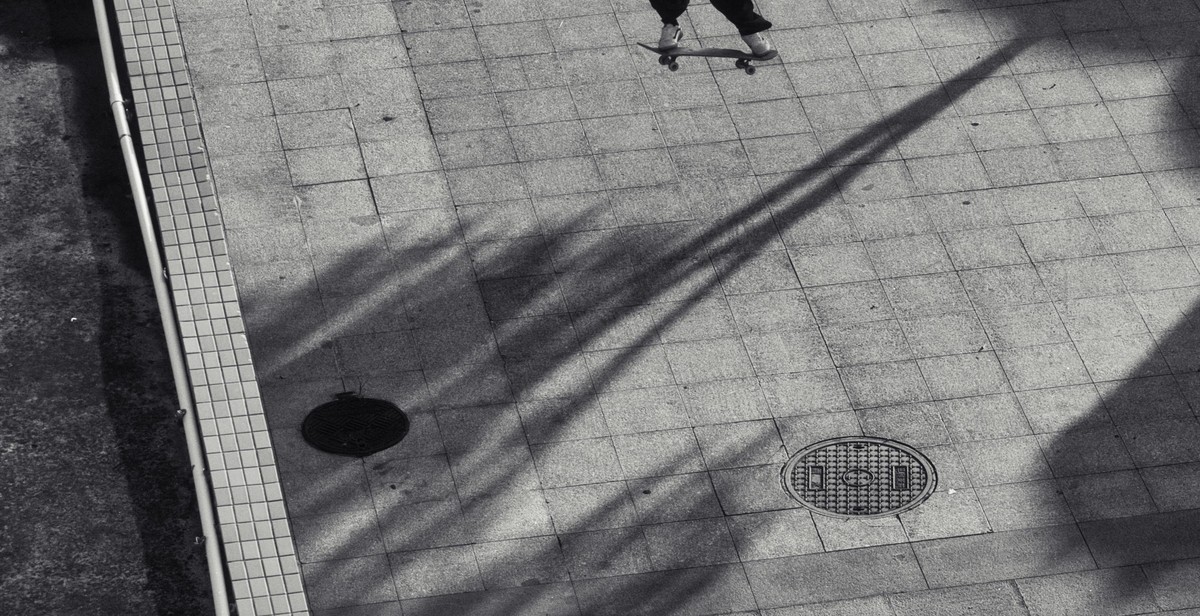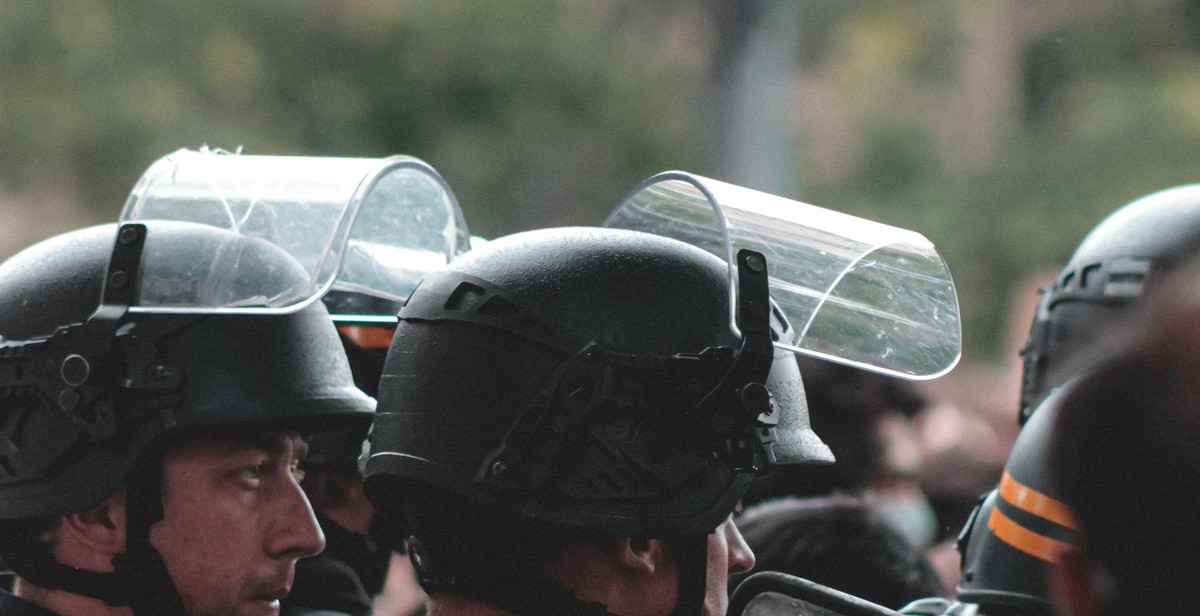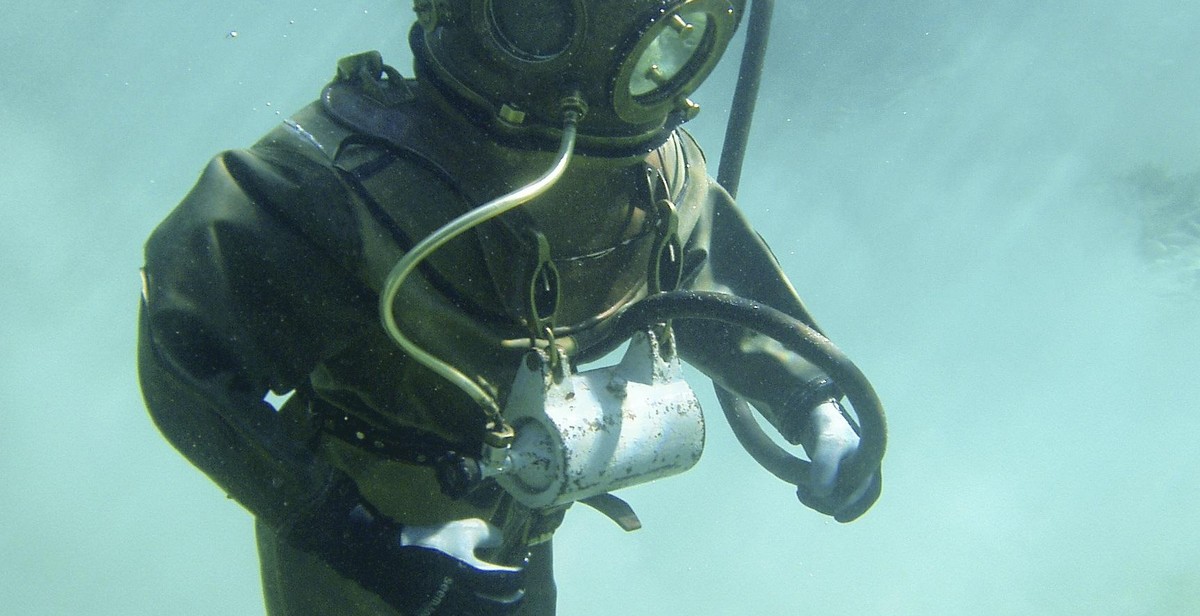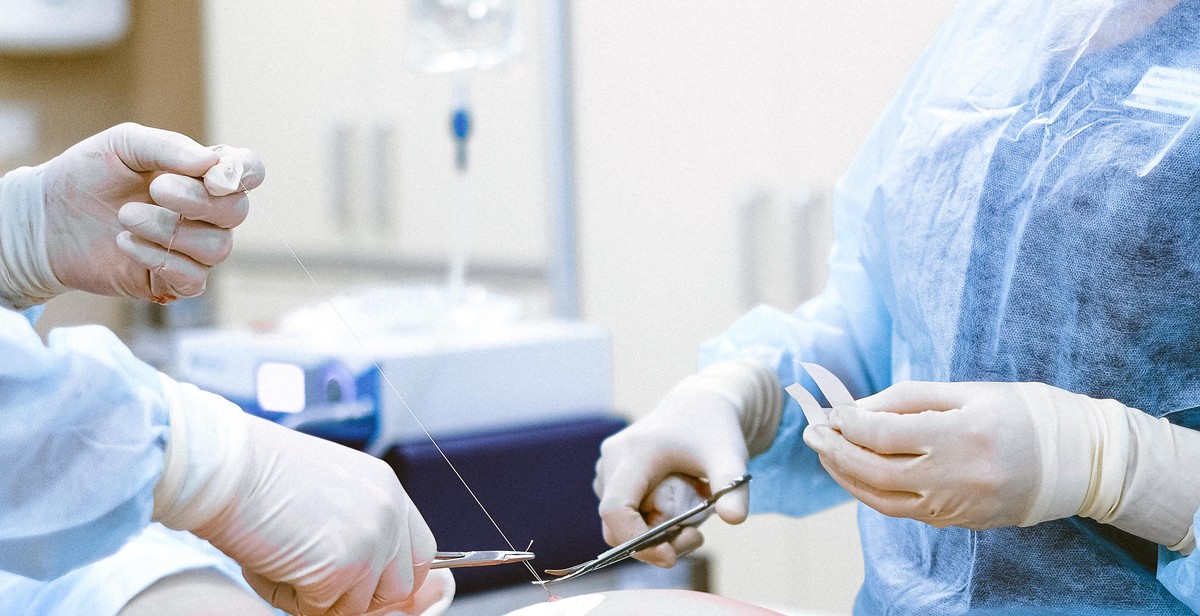How to Choose the Right Skateboarding Protective Gear
Skateboarding is a popular and exhilarating sport enjoyed by people of all ages. While it can be thrilling to perform tricks and stunts on a skateboard, it can also be dangerous. That’s why it’s crucial to wear the right protective gear to prevent injuries. In this article, we’ll guide you through the process of selecting the right skateboarding protective gear.
Why is Protective Gear Important for Skateboarding?
Skateboarding involves a lot of falls, crashes, and collisions. Without proper protective gear, these accidents can lead to serious injuries such as broken bones, concussions, and road rash. Protective gear serves as a barrier between your body and the hard surfaces you skate on, reducing the impact of falls and collisions. It can also help you feel more confident and comfortable while skating, allowing you to focus on learning new tricks and improving your skills.
What are the Essential Skateboarding Protective Gear?
The essential protective gear for skateboarding includes a helmet, knee pads, elbow pads, and wrist guards. A good quality helmet is the most important piece of protective gear as it protects your head from serious injuries. Knee pads and elbow pads protect your joints from impact and abrasions, while wrist guards prevent wrist injuries that are common in skateboarding.
Other protective gear such as mouthguards and padded shorts can also be used for additional protection.

Why is Protective Gear Important?
Skateboarding is an exciting and fun sport, but it can also be dangerous if the proper safety measures are not taken. Protective gear is essential for every skateboarder, whether you are a beginner or an experienced rider. Here are some reasons why protective gear is important:
Preventing Injuries
Skateboarding involves a lot of falls, crashes, and collisions. Without protective gear, you are at risk of getting seriously injured. Skateboarding injuries can range from minor cuts and bruises to broken bones, concussions, and even death. Protective gear can help prevent these injuries by providing a barrier between your body and the hard surfaces you may collide with.
The most common protective gear used in skateboarding includes helmets, knee pads, elbow pads, and wrist guards. Helmets are particularly important as they protect your head from impact and can prevent traumatic brain injuries. Knee and elbow pads help protect your joints from impact and can prevent fractures and dislocations. Wrist guards can help prevent wrist injuries that are common in skateboarding.
Enhancing Performance
Protective gear not only helps prevent injuries, but it can also enhance your performance. When you feel protected and confident, you are more likely to take risks and try new tricks. Protective gear can also help you skate for longer periods without getting tired or injured.
For example, padded shorts can provide extra cushioning for your hips and tailbone, allowing you to skate for longer periods without getting sore. Wrist guards can also provide extra support and stability, allowing you to perform more complex tricks without worrying about injuring your wrists.
Overall, protective gear is an essential part of skateboarding. It not only helps prevent injuries but can also enhance your performance. When choosing protective gear, make sure to choose gear that fits properly and is appropriate for your skill level and the type of skateboarding you will be doing.

Types of Protective Gear
Skateboarding can be an exciting and thrilling sport, but it can also be dangerous. That’s why it’s important to wear the right protective gear to keep you safe from injuries. Here are some of the most common types of protective gear for skateboarding:
Helmets
A helmet is the most important piece of protective gear for a skateboarder. It protects your head from serious injuries in case of a fall or collision. When choosing a helmet, make sure it fits your head properly and has a hard outer shell and soft inner padding for maximum protection. Look for helmets that meet safety standards such as ASTM or CPSC to ensure their effectiveness.
Pads
Elbow, knee, and wrist pads are also essential protective gear for skateboarders. They can prevent injuries such as scrapes, bruises, and fractures. When choosing pads, make sure they fit snugly and offer enough padding to absorb impact. Look for pads made of durable materials such as hard plastic or foam.
Gloves
Gloves are often overlooked when it comes to protective gear for skateboarding, but they can be incredibly useful. They protect your hands from scrapes and bruises and can also improve your grip on the skateboard. Look for gloves made of durable materials with extra padding on the palms and fingers.
Shoes
Skateboarding shoes are designed to provide maximum grip and support for skateboarders. They should have a flat sole for better control and a reinforced toe cap to protect your feet from impact. Look for shoes made of durable materials such as leather or suede and avoid shoes with a lot of padding as they can make it harder to feel the board.
| Protection Level | Comfort Level | Cost | |
|---|---|---|---|
| Helmets | High | Good | Mid-range to high |
| Pads | Medium to high | Good | Mid-range to high |
| Gloves | Low to medium | Good | Low to mid-range |
| Shoes | Low to medium | Good | Mid-range to high |
When choosing protective gear for skateboarding, consider your skill level, the type of terrain you will be skating on, and your personal preferences. Remember that wearing protective gear can significantly reduce your risk of injury and allow you to enjoy skateboarding safely.

Factors to Consider When Choosing Protective Gear
Skateboarding can be a fun and exhilarating activity, but it can also be dangerous if you don’t take the proper precautions. Wearing the right protective gear is essential to prevent injuries and ensure your safety. When choosing your skateboarding protective gear, there are several factors to consider:
Size and Fit
The protective gear you choose must fit you properly. Ill-fitting gear can be uncomfortable and may not provide adequate protection. To ensure a proper fit, measure yourself and consult the manufacturer’s sizing chart. Make sure to choose gear that is snug but not too tight. It should also be adjustable so that you can customize the fit to your body.
Material and Durability
The material and durability of the protective gear are also important considerations. Look for gear made of high-quality materials that can withstand wear and tear. The gear should be able to absorb impact and protect your body from injuries. Some popular materials used in protective gear include foam, plastic, and Kevlar. It’s also important to choose gear that is easy to clean and maintain.
Style and Design
While safety should be your top priority, there’s no reason why your protective gear can’t look good too. Many manufacturers offer a variety of styles and designs to choose from. You can choose gear that matches your personal style or complements your skateboard. However, don’t let style overshadow safety. Make sure that the gear you choose meets safety standards and provides adequate protection.
| Size and Fit | Material and Durability | Style and Design |
|---|---|---|
| Choose gear that fits properly and is adjustable | Look for gear made of high-quality materials that can withstand wear and tear | Choose gear that matches your personal style or complements your skateboard |
| Ill-fitting gear can be uncomfortable and may not provide adequate protection | The gear should be able to absorb impact and protect your body from injuries | Make sure that the gear you choose meets safety standards and provides adequate protection |
| Consult the manufacturer’s sizing chart to ensure a proper fit | Choose gear that is easy to clean and maintain |

Conclusion
Choosing the right skateboarding protective gear is crucial for ensuring your safety and preventing serious injuries. By following the tips outlined in this article, you can make an informed decision about the type of gear that will best suit your needs and protect you while you skate.
Remember to prioritize quality over price when it comes to protective gear. Investing in high-quality gear may cost more upfront, but it can save you from serious injuries in the long run. Additionally, make sure to select gear that fits properly and is comfortable to wear.
When selecting a helmet, look for one that meets safety standards and has proper ventilation to keep you cool while you skate. Knee and elbow pads should fit snugly and be made of durable materials that can withstand impact. Wrist guards are also important for protecting your wrists from injury when you fall.
By taking the time to research and invest in the right protective gear, you can enjoy skateboarding safely and confidently. So, get out there, have fun, and stay protected!
